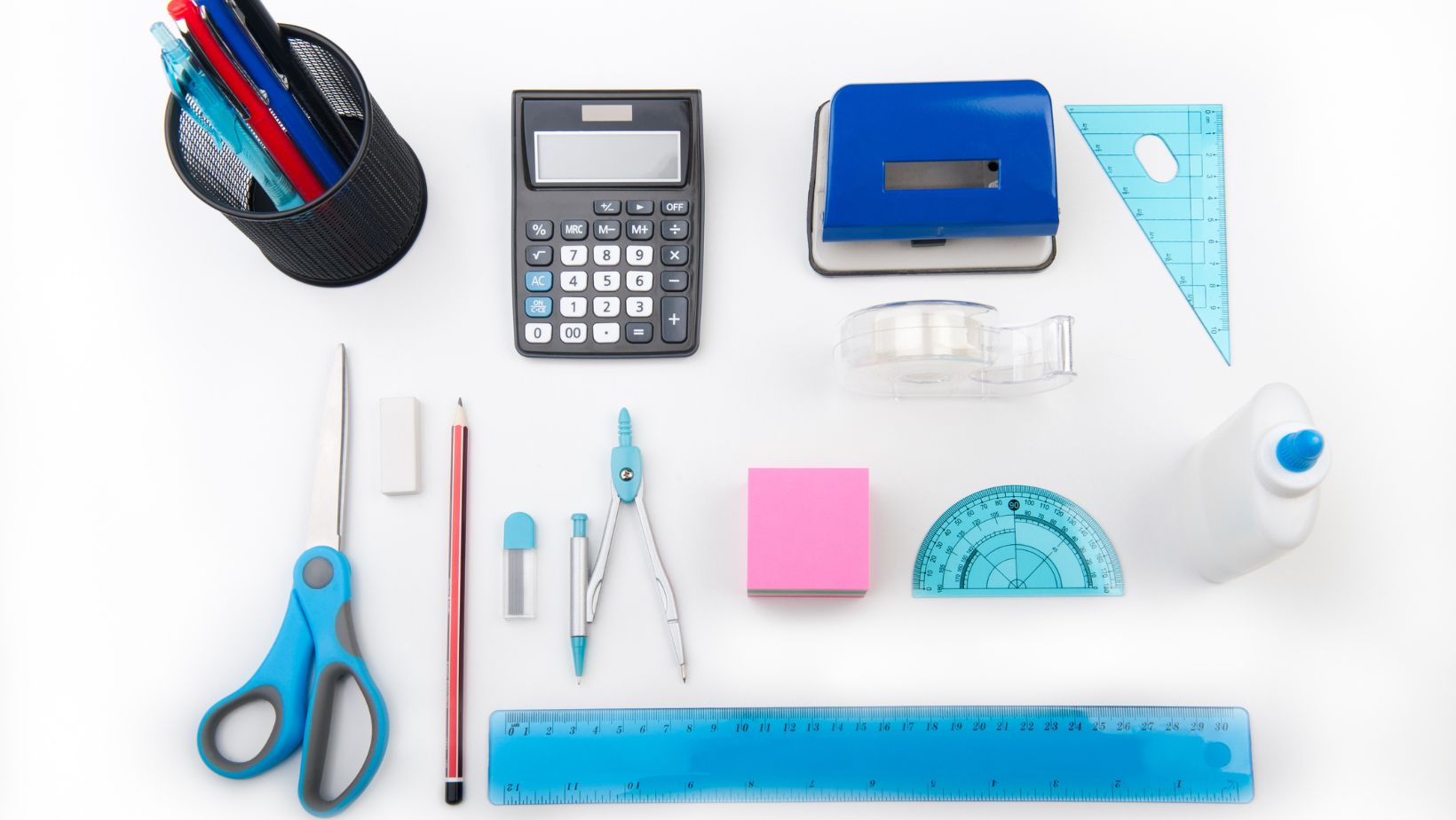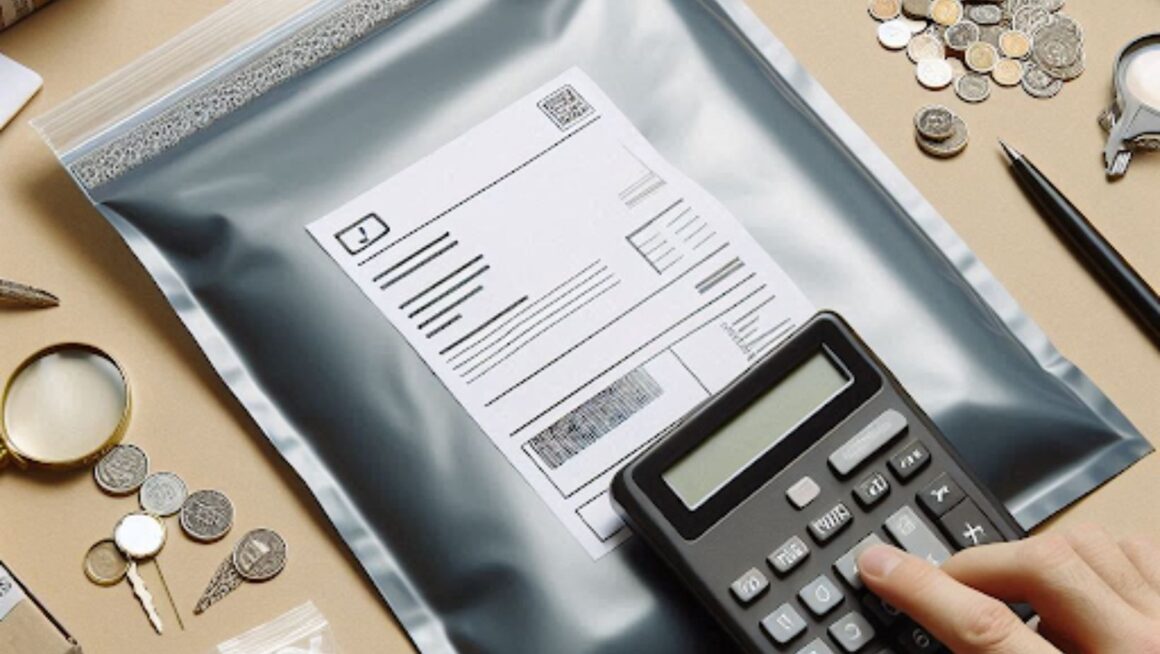Selecting the appropriate poly mailer bag for shipping is crucial for ensuring that your products arrive safely and efficiently. Measuring poly mailer bags accurately involves knowing the dimensions of your product and applying a simple formula. For many e-commerce businesses, this task can save costs and improve customer satisfaction.
A poly mailer bag’s dimensions should ideally be slightly larger than the product being shipped to allow for easy insertion and sealing. To measure correctly, start by using a tape measure or ruler to determine the length, width, and depth of your product. In addition to these measurements, consider adding extra inches for cushioning materials and handling conditions.
By understanding these fundamental steps, you can choose the perfect poly mailer bags for your shipping needs. Custom options are available from various providers to match the specific requirements of your products, making shipping both secure and stylish.
Key Takeaways
- Ensure poly mailer bags are slightly larger than your product.
- Account for extra space for cushioning materials and handling.
- Measure length, width, and depth accurately to aid in proper selection.
Understanding Poly Mailer Dimensions and Sizing
Knowing the correct dimensions and sizing for poly mailers is essential for efficient shipping. Properly sized mailers ensure items are securely packaged and facilitate hassle-free handling.
Identify the Appropriate Poly Mailer Size
The first step in selecting the right poly mailer is to identify the appropriate size. Poly mailer sizes should be slightly larger than the product’s dimensions to allow easy insertion and sealing.
Dimension Calculation:
- Length: Product length (in) + product height (in) + 2 inches.
- Width: Product width (in) + product height (in) + 0.5 inches.
This formula helps in calculating the minimum length and width required. An oversized poly mailer will better accommodate the product, reducing the risk of damage.
Measuring Your Item
Accurate measurements are crucial in determining the correct poly mailer size. Use a ruler or measuring tape to obtain precise dimensions of the item.
- Product Length: Measure the longest side.
- Product Width: Measure the shortest side.
- Product Height: Measure the vertical dimension.
For products with irregular shapes, use the longest and widest parts for measurement. This approach ensures the item fits comfortably within the poly mailer.
Selecting the Right Thickness and Material
Thickness and material quality affect the durability and safety of shipped items. For most shipping needs, 2.5 mil poly mailers are a robust choice.
Material Benefits:
- Polyethylene: Offers good flexibility and tear resistance.
- Durability: High-quality poly mailers protect against wear and tear during transit.
Choose poly mailers that match the strength needed for the items being shipped, ensuring they arrive safely at their destination.
Optimizing for Shipping and Handling
Effective shipping and handling can significantly enhance the efficiency and reliability of an e-commerce business. Selecting the right materials and calculating costs accurately are paramount for reducing shipping expenses and ensuring product safety.
Packaging and Protective Measures
Proper packaging is crucial for safeguarding products during transit. Utilizing the right size of poly mailer bags for shipping non-fragile items like clothing, documents, or lightweight electronics minimizes material waste and reduces shipping costs. Poly mailers are preferred for their waterproof and tear-resistant properties, ensuring items remain secure.
For fragile items, combining poly mailer bags with additional protective measures like bubble wrap or packing peanuts is essential. Custom poly mailers can also be designed to fit specific products, adding a layer of professionalism and reducing the risk of damage. Retailers should consider this option to boost brand recognition and customer satisfaction.
Comparing the protective capabilities of poly mailers, bubble mailers, and boxes helps determine the best solution. When shipping books or bulky items like blankets, a sturdy box with adequate padding provides better protection. Using bubble mailers for smaller, delicate electronics combines lightweight shipping with strong protection, making it an excellent choice.
Calculating Shipping Costs and Choosing Carriers
Accurately calculating shipping costs is essential for optimizing expenses. The weight and dimensions of the package play a critical role, especially with carriers like USPS, FedEx, and UPS. A lightweight poly mailer can be more cost-effective than a box for non-fragile items.
A comparison table of carrier rates based on weight and size can aid in selecting the most economical option. Integrating shipping software helps automate this process, ensuring that businesses choose the most efficient carrier for each order.
E-commerce businesses should explore bulk shipping discounts and consider the benefits of a third-party fulfillment service. These services optimize order fulfillment, streamline shipping supplies management, and offer competitive shipping rates, ultimately reducing shipping costs and improving delivery times.
Packaging material choices can also impact shipping costs. Using lightweight materials reduces overall package weight, leading to savings. Additionally, selecting carriers that offer package tracking and insurance provides peace of mind, ensuring that products reach customers safely and on time.
Conclusion
Selecting the right poly mailer size is essential for efficient shipping.
Begin by measuring the product’s length, width, and height. Ensure you add a little extra to each dimension for easier insertion and sealing.
When determining the size, use the following formula:
- Length: Product length + product height + 2 inches
- Width: Product width + product height + 0.5 inches
Poly mailers come in various sizes and types. It’s important to choose one slightly larger than your product to avoid any issues during packing.

